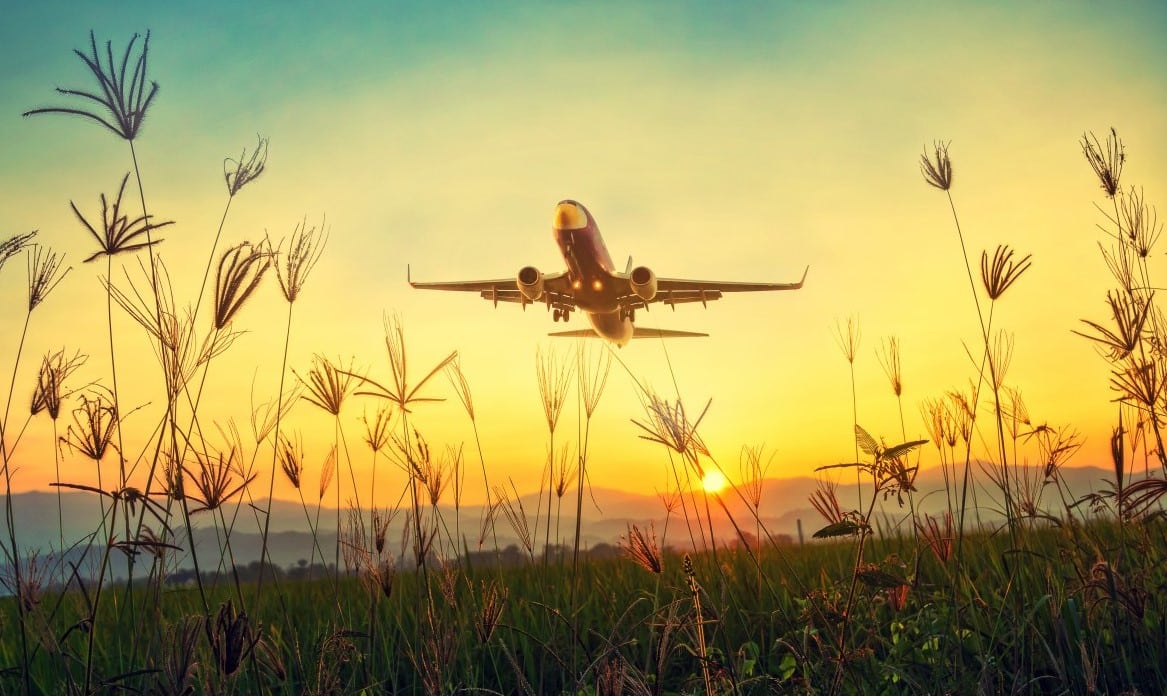The International Air Transport Association (IATA) has reported a significant increase in global passenger demand, with its chief, Willie Walsh, cautioning that this surge could soon lead to an infrastructure capacity crunch that may restrict connectivity and choice for travellers.
According to the data for August of this year, total demand, measured in revenue passenger kilometres (RPK), rose by 8.6 per cent compared to the previous year.
Additionally, total capacity, measured in available seat kilometres (ASK), increased by 6.5 per cent year-on-year.
The load factor reached an impressive 86.2 per cent, marking a 1.6 percentage point rise from the same month last year and achieving a new record high.
The report revealed that international demand experienced a notable growth of 10.6 per cent compared to the same period last year.
This increase in demand was accompanied by a capacity rise of 10.1 per cent year-on-year, resulting in a load factor of 85.7 per cent, up by 0.4 percentage points from the previous year.
Domestic air travel also saw positive growth, with demand rising by 5.6 per cent compared to the previous year.
However, the capacity increase was more modest at just 1.2 per cent, leading to a load factor of 86.9 per cent, which reflects a substantial increase of 3.6 percentage points compared to the same month in 2023.
“The market for air travel is hot, and airlines are doing a great job at meeting the growing demand for travel,” said Willie Walsh, Director General of IATA.
“Efficiency gains have driven load factors to record highs while the 6.5 per cent capacity increase demonstrates resilience in the face of persistent supply chain issues and infrastructure deficiencies,” he added.
Looking towards the future, Walsh warned that the sustained strong growth in demand may soon lead to an infrastructure capacity crunch, potentially limiting connectivity and choice for both passengers and businesses.
In addition, he emphasised the need for governments to take decisive action to expand aviation infrastructure.
“If governments want to maximise the benefits of aviation, they must take bold decisions to ensure sufficient infrastructure capacity,” Walsh stated.
In the interim, Walsh called for airports and air navigation service providers to optimise their current resources.
He pointed out the inconsistency in the declared capacity of airports that have similar infrastructure, urging them to learn from the best performers in the industry.
“The industry cannot afford to under-utilise the airport infrastructure that we have,” he concluded.

